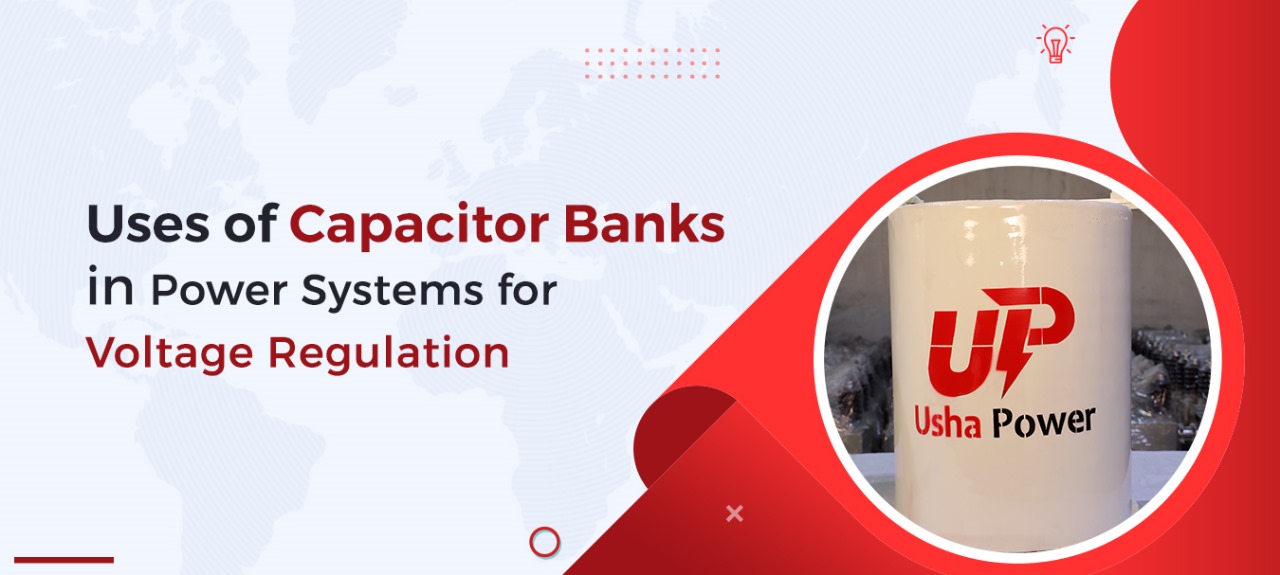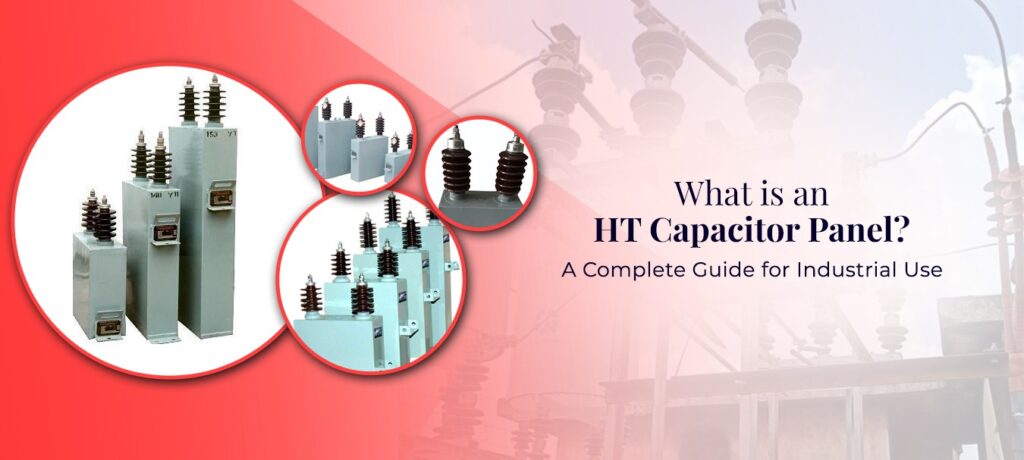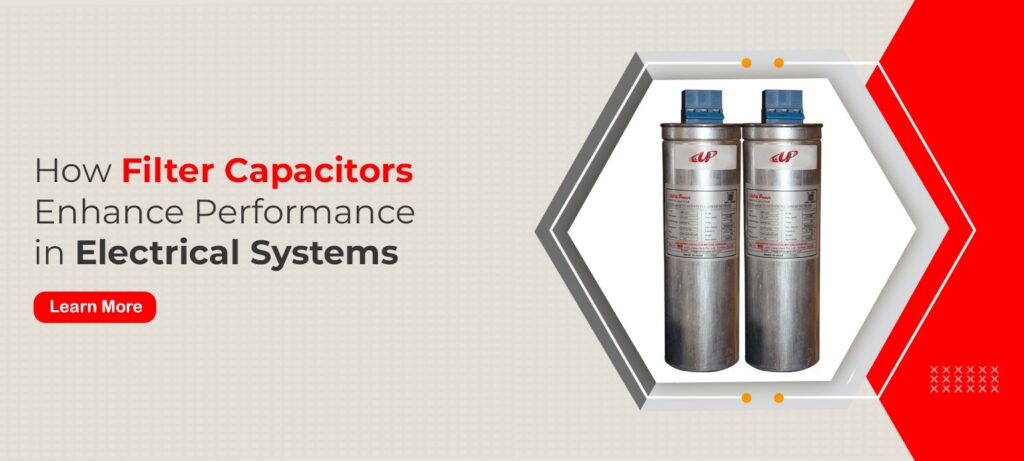Voltage regulation is a critical aspect of maintaining stability and efficiency in power systems. Fluctuations in voltage can negatively affect electrical equipment, reduce power quality, and increase energy losses. One effective method of stabilizing voltage is the use of capacitor banks. Capacitor banks are assemblies of capacitors connected in series or parallel to provide reactive power compensation to the electrical network. By supplying or absorbing reactive power as needed, capacitor banks help maintain voltage levels within desired limits. Their role is particularly important in industrial and commercial systems, where sensitive machinery and high loads require steady voltage for optimal operation.
Understanding Capacitor Banks
A capacitor bank is essentially a group of capacitors designed to function as a single unit, offering reactive power to the power system. Reactive power is essential to maintain voltage levels and support the real power flowing through the system. Capacitor banks can be installed at different points in the network, including substations, distribution lines, and near large industrial loads. They are commonly used to counteract the lagging power factor caused by inductive loads such as motors and transformers. By improving the power factor, capacitor banks not only stabilize voltage but also enhance energy efficiency, reduce losses, and minimize the stress on the power system infrastructure.
How Capacitor Banks Aid Voltage Regulation
Voltage drops occur naturally along transmission lines, especially when heavy loads draw power from the system. The use of capacitor banks in power system design helps mitigate these voltage drops. Capacitor banks inject reactive power into the network, which supports the voltage at various points and compensates for the inductive effects of long transmission lines. This process ensures that end users receive a consistent voltage supply, which is essential for industrial machinery, commercial operations, and even residential devices. The strategic placement of capacitor banks along the distribution network is critical to achieving optimal voltage regulation without overcompensation, which could lead to overvoltage conditions.
Types of Capacitor Banks in Power Systems
There are several types of capacitor banks used in power systems, each suited for specific applications. Fixed capacitor banks provide a constant reactive power supply and are typically used in systems with steady load conditions. Switched capacitor banks allow for reactive power adjustments based on load variations and are commonly controlled through automatic switching mechanisms. Automatic capacitor banks operate with sensors and controllers to maintain desired voltage levels in real-time, adapting to fluctuations in the system. The choice of capacitor bank type depends on the network configuration, load characteristics, and the degree of voltage regulation required.
Advantages of Using Capacitor Banks
The use of capacitor banks in power system offers multiple advantages beyond voltage regulation. First, they improve the power factor, which reduces energy losses and enhances the efficiency of power transmission. Second, they help lower electricity costs for industrial and commercial users by reducing the reactive power drawn from the grid. Third, capacitor banks alleviate the burden on transformers and generators by decreasing the reactive load they need to supply. Additionally, proper reactive power compensation with capacitor banks contributes to increased system reliability and prolongs the lifespan of electrical equipment by preventing undervoltage and overvoltage stresses.
Design Considerations for Capacitor Banks
Designing an effective capacitor bank requires careful assessment of the power system and its load demands. Engineers must consider factors such as system voltage, load profile, harmonic distortion, and potential resonance issues. Improper sizing or placement of capacitor banks can lead to overvoltage, equipment damage, or resonance problems that may harm the network. Modern capacitor banks often incorporate protection devices like fuses, circuit breakers, and detuning reactors to ensure safe operation. Conducting thorough load flow studies and reactive power analysis is essential to determine the optimal configuration and capacity of capacitor banks for any power system.
Applications in Industrial and Commercial Settings
Industries with large motors, welding machines, or induction furnaces benefit significantly from capacitor bank installation. By supplying reactive power locally, capacitor banks prevent voltage drops across the plant, ensuring smooth operation of sensitive machinery. In commercial buildings, capacitor banks maintain consistent lighting levels, protect electronic devices, and reduce energy wastage caused by low power factor conditions. Even in renewable energy systems, such as solar or wind power integration, capacitor banks play a crucial role in stabilizing voltage and enhancing power quality by compensating for fluctuating reactive power demands.
Maintenance and Monitoring
Regular maintenance and monitoring are vital for ensuring the longevity and effective performance of capacitor banks. Visual inspections, cleaning, and checking for signs of overheating or capacitor failure are routine tasks. Advanced monitoring systems can track voltage, current, and reactive power output in real-time, allowing operators to detect anomalies and optimize performance. Timely replacement of aging capacitors prevents unexpected failures and helps maintain the overall reliability of the power system. Well-maintained capacitor banks continue to provide consistent voltage support, reduce energy losses, and enhance system efficiency over time.
To Sum Up
The use of capacitor banks in power system plays a critical role in maintaining voltage stability, improving power factor, and ensuring reliable energy delivery to consumers. By providing reactive power compensation, capacitor banks reduce energy losses, protect equipment, and enhance overall system performance. Whether in industrial plants, commercial complexes, or distribution networks, their application is essential for modern electrical systems that demand consistent voltage and high power quality. Proper design, installation, and maintenance of capacitor banks ensure that the power system operates efficiently, safely, and reliably under varying load conditions.
If you are an industrial owner or managing a large commercial facility and are looking for high-quality capacitor banks to enhance voltage regulation and improve power factor in your electrical system, Usha Power offers reliable solutions designed to meet your specific requirements. With extensive experience in designing, supplying, and maintaining capacitor banks for a wide range of industrial and commercial applications, we provide solutions that align with your load demands and network needs. Our focus is on maximizing energy efficiency, reducing operational losses, and maintaining stable voltage levels throughout your system. Our team assists in selecting the most suitable type of capacitor bank, whether fixed, switched, or automatic, and manages installation, monitoring, and ongoing maintenance to ensure optimal performance. At Usha Power, we understand the critical role of reactive power management and consistent voltage support in industrial operations. We deliver solutions that enhance system reliability, safeguard sensitive equipment, and improve overall electrical performance, ensuring that your power system operates efficiently and effectively for the long term.





